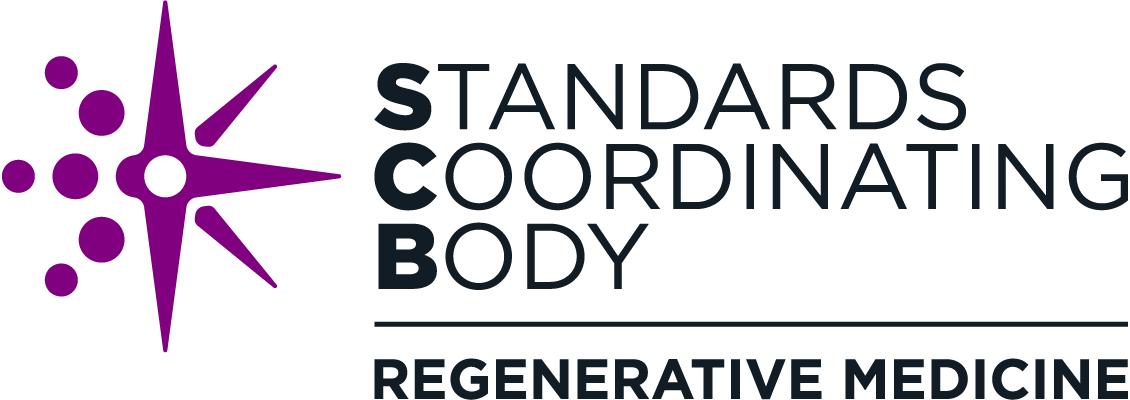Workshop Summary: Characterization of Fiber-based Scaffolds
SUMMARY
At a 2013 ASTM workshop on measurements standards for scaffold it was determined that the major measurement needs were 1) structural, 2) mechanical and 3) biological (Simon et al. J Biomed Mater Res: Part B, 103B, 949-959, 2015). Fiber-based scaffolds are being widely advanced in tissue engineering for a wide variety of applications. The morning session of this workshop included talks on fiber-based scaffold characterization, batch to batch variability, measurement validation and release criteria. In the afternoon, we held two Moderated Discussions that each focused on a particular measurement identified by the stakeholders as “in need of improvement”. Also in the afternoon, there was also a computer-poster-networking-session. The workshop concluded with a summary discussion and we considered the formation of working groups to address the issues identified, possibly through the ASTM standards development process.
AGENDA
Welcome: Opening Remarks, Becky Robinson-Zeigler (ARMI), Carl Simon (NIST)
Morning Talks:
Michael Yaszemski, Mayo Clinic: “Clinically Relevant Scaffold Specifications to Ensure Desirable Patient Outcomes”
Alex Meltzer, DiPole Materials: “Standardized Scaffolds Through the Development of Relevant Specifications”
Luca Cera, Harvard: “Rapid manufacturing of Biohybrid Fibrous Scaffolds for Biomimetic Heart Valve Replacement”
Jayesh Doshi, eSpin: “Characterization of Fiber-Based Scaffolds”
Michael Francis, Embody LLC: “Clinical Translation of Engineered Microfibrous Collagen-Containing Grafts”
Seth McCullen, Poly-Med, Inc.: “Fiber-Based Scaffold Characterization for Medical Devices:
Development, Implementation, and Utilization of Image-Based Test Methods”
Introduction to Breakouts:
Carl Simon: Responses from Stakeholders on “measurements most in need of improvement” & Introduction to Breakout Sessions
Thomas Bollenbach, ARMI & Markus Reiterer, Medtronic (Discussion Leaders): Porosity Introduction
Ramon Solberg, IME: Laser Micrometer Thickness Gauge
Esmaiel Jabbari, S. Carolina Univ.; Ramon Montero, Akron Biotech; Hai Yao, Clemson (Discussion Leaders): Diffusivity Introduction
Concurrent Breakout Sessions:
Measurement #1: Porosity (2 groups)
Measurement #2: Diffusivity (2 groups)
Networking Laptop “Poster” Sessions:
Chen Jiang, Kan Wang & Ben Wang (Georgia Institute of Technology): “Effect of Surface Morphologies on the Attachment of Mesenchymal Stem Cells (MSCs) to Electrohydrodynamic (EHD) Polycaprolactone (PCL) Fibers”
Chiara E. Ghezzi & David L. Kaplan (Tufts University): “Silk-Based Scaffolds for Tissue Engineering Applications”
Judith Heikoop, Ramon Solberg, Marc Simonet (IME Medical Electrospinning): “Limit Batch to Batch Variation by High Control on All Relevant Process Parameters”
Marley Dewey, Eileen Johnson, Daniel Weisgerber, Matthew Wheeler, Brendan A.C. Harley (University of Illinois at Urbana-Champaign): “Addition of Shape-fitting Poly(lactic Acid) Mechanical Supports and Immunomodulatory Amniotic Membrane to Enhance Mineralized Collagen Scaffolds for Craniofacial Bone Repair”
Ramon Solberg, Judith Heikoop, Marc Simonet (IME Medical Electrospinning): “Limit Batch Variation by Online Monitoring”
R. Glenn Hepfer, Peng Chen, Brooke J. Damon, Hai Yao (Clemson University): “Anisotropic Diffusivity Measured with Fluorescence Recovery after Photobleaching (FRAP)”
Report Outs:
Discussion and Wrap-Up: Workshop report, ASTM standards, formation of working groups (Carl Simon)
Outcomes:
A report to summarize the workshop findings is being prepared for publication in the archival literature (contact Lexi Garcia, lgarcia@armiusa.org)
A working group was formed to draft “ASTM Standard Guide for Characterizing Fiber-Based Constructs for Tissue Engineered Medical Products” (contact Carl Simon, carl.simon@nist.gov)
A working group was formed to discuss potential research projects to improve porosity measurements [(contacts Matei Cirstea (matei.cirstea@electrospinning.co.uk) & Carl Simon (carl.simon@nist.gov)]
